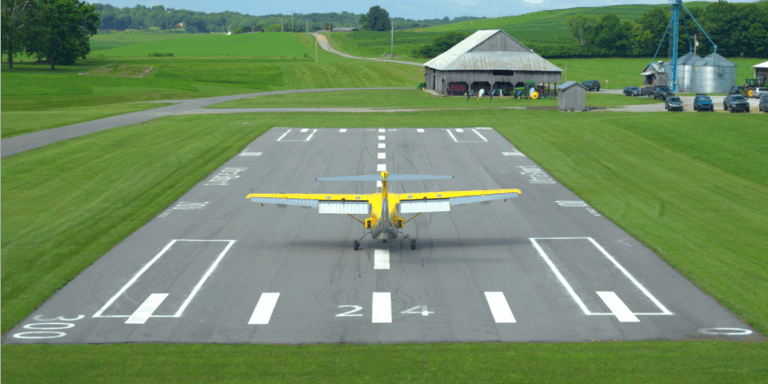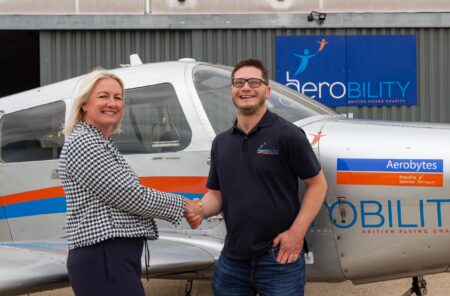Electra.aero completed the first public demonstrations of its ultra short aircraft capabilities at Virginia Tech in Virginia, USA, earlier this month. The EL2 technology demonstrator achieved takeoffs and landings in 150ft (46m) or less using blown lift and hybrid-electric propulsion technology.
The demonstrations took place at multiple Virginia Tech locations including a 300ft by 75ft (91m by 23m) paved surface used for small unmanned aircraft systems, an access road at a Virginia Tech Transportation Institute test facility, and a grass field at the Virginia Tech Corporate Research Center. Surf Air Mobility participated in the demonstrations as a commercial partner.
“These demonstrations showcased breathtakingly short takeoffs and landings and pinpoint landing capabilities with the power to transform aviation as we know it,” said Marc Allen, chief executive officer of Electra. “It’s a great credit to our amazing teammates and partners that we are now demonstrating these capabilities in real world, non-airport environments.”
According to Electra, the capabilities will enable operations at ultra short access points connected to airstrips, austere environments, or campus settings. The technology aims to support what Electra terms Direct Aviation, using smaller, more accessible locations instead of major airport hubs.
Surf Air Mobility operates Southern Airways and Mokulele Airlines and plans to leverage its SurfOS software platform for electrified aircraft operations. The company has operational experience across millions of passenger flights and maintains a nationwide commuter scheduled flight network.
“What stood out to us immediately was the operational flexibility that the EL9 will enable,” said Louis Saint-Cyr, chief operating officer and president of Hawaii operations at Surf Air Mobility. “The aircraft will be faster to turn around, less expensive to operate, and easier to deploy.”
Electra’s flagship EL9 nine-passenger aircraft is scheduled to enter commercial service in 2029. According to Electra, the aircraft operates at one-third the cost of a helicopter or electric vertical takeoff and landing aircraft and produces noise levels 100 times lower.
A Georgia Tech study analyzed regional travel demand in the US Northeast Corridor, identifying routes in the 50 to 300 nautical mile (93 to 556km) range as suitable for ultra short aviation services. According to Electra, many regional routes fall within ranges too short for traditional air travel but too far for efficient ground travel.
The EL9 has received over 2,200 pre-orders from more than 60 operators worldwide. Electra plans to share additional use cases, sample routes, and operator partnerships in coming months to demonstrate ultra short aircraft capabilities.




